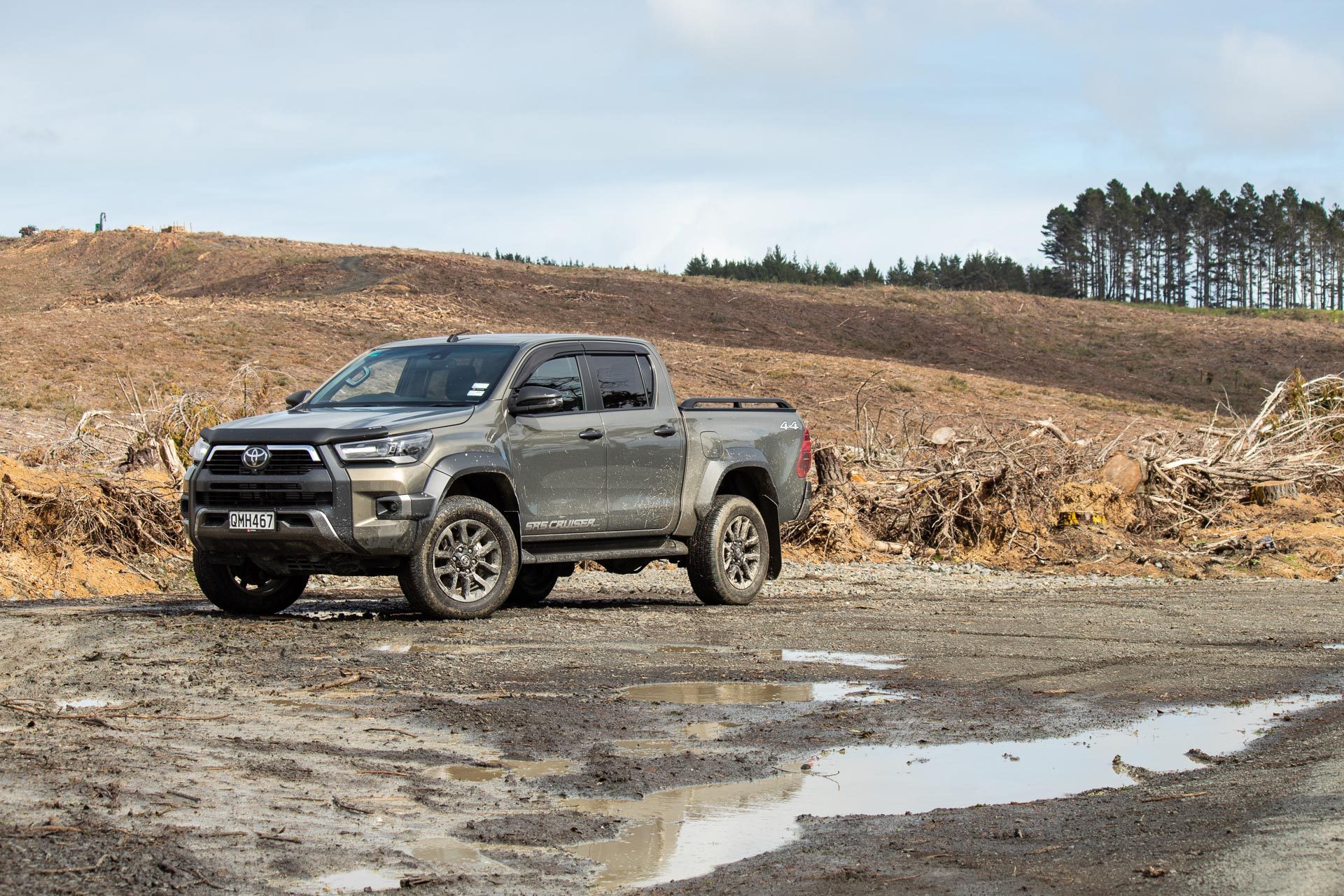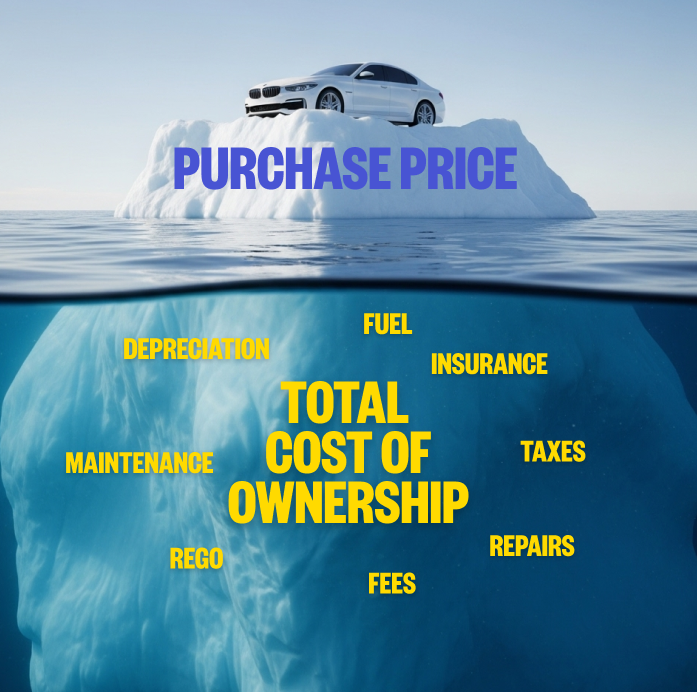Feature article
Depreciation Deep Dive: How it Works & How to Minimise It
Learn about car depreciation & discover simple strategies to buy smart and minimise its impact on your wallet.

When most Kiwi think about the cost of car ownership, they probably consider fuel, insurance and maybe servicing. But the biggest hit to your wallet will likely come from something few ever contemplate; depreciation. It’s the hidden cost that eats away at your car’s value over time.
Depreciation is nigh impossible to escape; it’s simply part of owning a car. But whether you’re buying your first car or considering a luxury SUV, understanding how depreciation works can help you make smarter choices and save money. While you can’t stop depreciation, you can certainly minimise its impact.
What is depreciation?
Put simply, depreciation is the reduction in your car’s value over time. The classic analogy? Buy a brand-new car, and it can lose up to 20 per cent of its value as soon as you drive it out of the show room.
From there, the decline continues. The biggest chunk of depreciation occurs in the first three years before it starts to level out. The main factors that drive depreciation are:
- Age – Newer cars lose value quicker, before they start to plateau in price.
- Mileage – The more kilometres travelled, the lower the value.
- Condition – Scratches, dents or poor servicing history drag down resale.
- Demand from the second hand market – A Toyota Hilux will hold its value better than an obscure import simply because more Kiwis want one as a used buy.
The Golden Rules of Minimising Depreciation
1. Buy Smart
The easiest way to win at depreciation is to let someone else take the biggest hit. A one- to three-year-old car has already lost much of its “new car premium” but still has plenty of life left in it. Some might still be covered by a warranty and roadside assistance.
Stick to popular makes and models with strong reputations in New Zealand. The Toyota Hilux, for example, holds its value well. Even in smaller segments, familiar names like the Corolla or Honda CR-V tend to be safer bets than European models.
It’s also worth considering colour and options. Neutral colours like white, silver, and black often appeal to the widest audience, while unusual shades or quirky extras may narrow your pool of buyers later on.
2. Maintain Your Ride
A full service history is gold when it comes time to sell. Buyers want reassurance that your vehicle has been cared for, and a stamped service book or online record provides exactly that.
3. Drive Less
It sounds obvious, but it works: lower mileage equals higher resale value. A 2020 model Corolla with 50,000km on the clock will be worth more than one that has travelled 150,000km come time to sell.
4. Timing is Everything
Knowing when to sell is just as important as knowing when to buy. You might want to move it on before you start running into major service requirements. Let someone else, who hasn’t done their research, deal with those bills.
Similarly, watch for new model releases. When a fresh version of your car hits the market, the previous generation often takes a dip in value. And make sure your car has a current WOF and Rego when you sell, as it’s the law.
The Verdict: Making Depreciation Work for You
Depreciation may be inevitable, but it doesn’t have to be painful. By buying at the right stage of a car’s life, choosing popular and sensible models, keeping your vehicle well-maintained, and selling at the right time, you can control the hidden cost that is car depreciation.
Author
Other articles you might like





